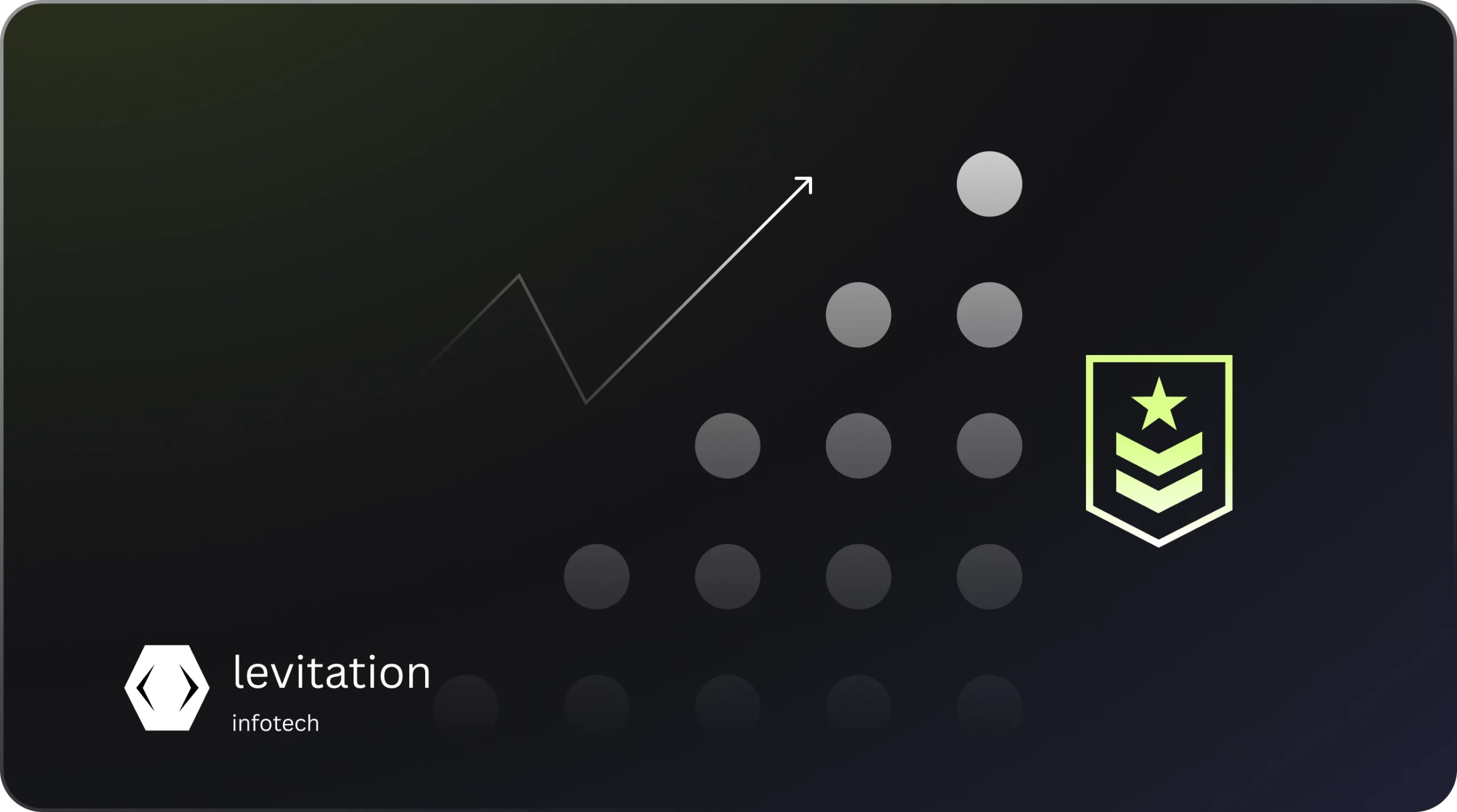Microservices Architecture (MSA) is a software development approach that structures an application as a collection of small, independent, and loosely coupled services. This approach has gained popularity in recent years, particularly in the development of enterprise applications. In this article, we will explore the benefits of MSA, the challenges it poses, and how it can be applied in the development of enterprise applications.

One of the main benefits of MSA is that it allows for flexibility and scalability. Each service can be developed, deployed, and scaled independently, which means that changes to one service do not affect the others. This makes it easier to update and maintain the application, and to add new features. Furthermore, as the services are loosely coupled, it’s possible to use different technologies for different services, depending on what best fits the requirements of that service.
Another benefit of MSA is that it promotes a more organized and maintainable codebase. By breaking down the application into smaller, focused services, it’s easier to understand the application’s structure and the responsibilities of each service. This makes it easier to identify and fix bugs and to understand the impact of changes.
MSA also allows for better fault tolerance. As each service is independent, if one service goes down, it doesn’t necessarily mean the entire application will be affected. This improves the application’s availability and reduces downtime.
However, MSA is not without its challenges. One of the main challenges is the complexity of communication between services. As services are independent, they need to communicate with each other in order to perform their tasks. This can lead to additional complexity in terms of networking, data transfer, and data consistency.
Another challenge is the management of services. With a large number of services, it can be difficult to keep track of the services that are running, their health, and their performance. This can lead to a lack of visibility and control over the application.
Despite these challenges, MSA is a powerful approach to enterprise application development. To successfully implement MSA, it’s important to have a clear understanding of the application’s requirements and to design the services accordingly. Each service should have a clear and well-defined responsibility, and should be independently testable.
Additionally, it’s important to have a good understanding of the underlying infrastructure and to use the appropriate tools to manage the services. For example, a containerization technology like Docker can be used to package and deploy services, and a service mesh like Istio can be used to manage the communication between services.
In conclusion, MSA is a powerful approach to enterprise application development that offers many benefits such as flexibility, scalability, and maintainability. However, it does pose challenges, such as communication between services and service management. By understanding the requirements of the application and using the right tools and technologies, MSA can be successfully implemented to develop enterprise applications that are robust, scalable, and maintainable.



